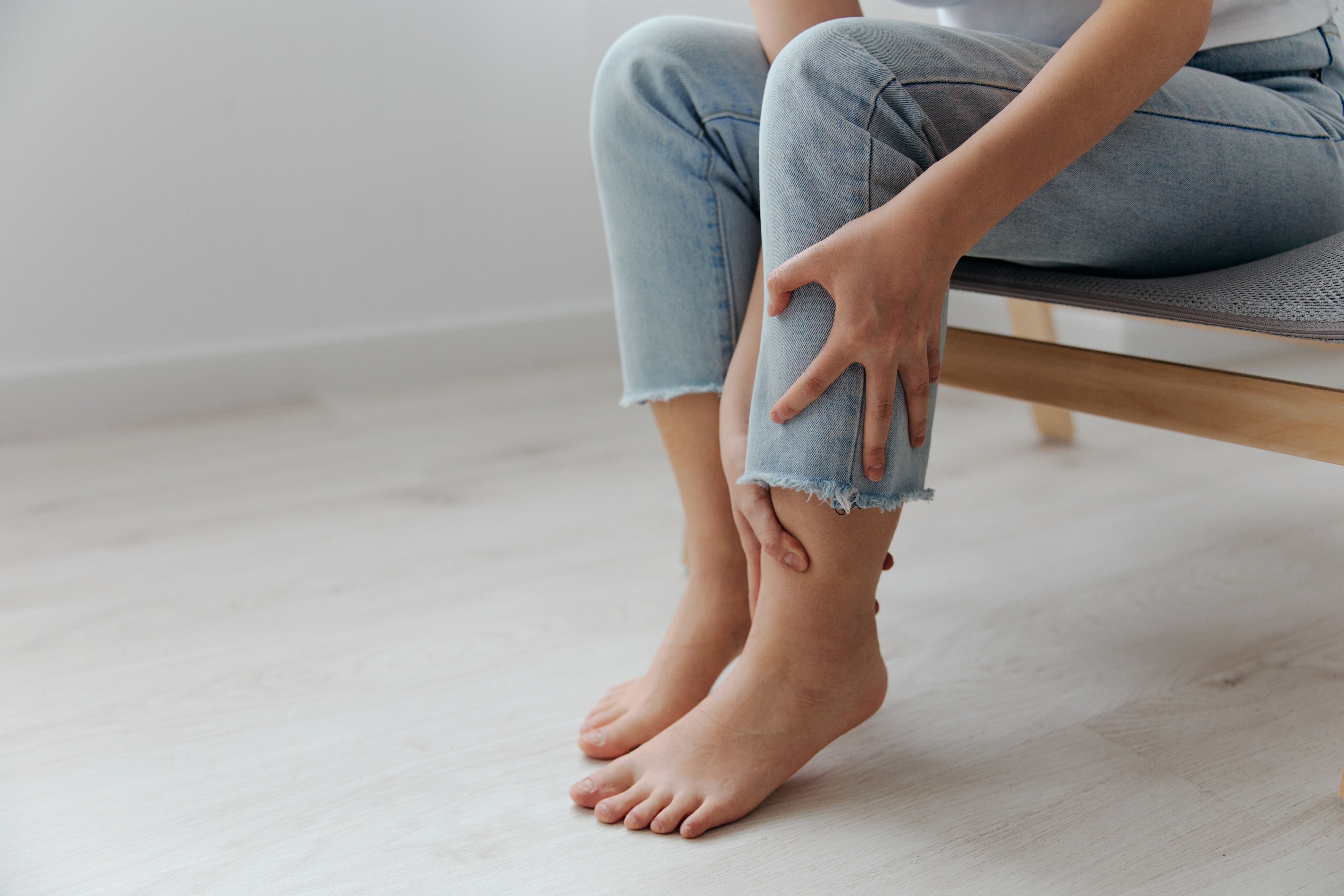She Just Thought It Was an Ache at First
When she first noticed it, she brushed it off. Just a little ache on the inside of her ankles after a long walk. Nothing major. After all, she was active, healthy, and 48. She walked her dog every day and hiked in the Peak District most weekends. A bit of soreness seemed normal.
But as time went on, things changed. What used to be a small discomfort after a full day hike started showing up on shorter walks. It crept into her daily routine. She began cutting her dog walks short. The weekend hikes became less frequent. And eventually, they stopped altogether.
She did not want to give it up. But when every step started to feel like a strain, she knew something was not right. That is when she called us. A friend of hers had come to see us for something similar, so she booked in for an assessment.
What We Found Told the Full Story
From the first few minutes of our biomechanical assessment, we could tell there was more going on beneath the surface. We took her through an in-depth look at her feet, scanned them in 3D, and assessed her movement using a gait plate that mapped how she walked and where the pressure was landing in each step.
The results were clear. Her arches were moderately collapsed on both feet. Her heel bones, instead of being aligned straight, were rolling inward. That combination was putting a huge amount of strain on one very important tendon, the tibialis posterior.
This tendon sits on the inside of the ankle and plays a big role in holding up the foot’s arch. When that arch collapses, the tendon tries to compensate. Day after day, step after step, it was being overloaded until it became swollen, inflamed, and painful.
What she had was something called tibialis posterior tendinopathy, and it was easy to see how it had quietly built up over time.
The Plan Was Simple But Specific
With the cause clearly identified, we built her a treatment plan that worked with her lifestyle. First, we fitted her with custom 3D printed orthotics designed to support her arches and reduce the strain on her tendons. These went straight into her walking shoes.
At the same time, we did some hands-on manual therapy to ease tension through her calf muscles, ankles, and the inflamed tendon itself. We also gave her simple, focused strength exercises to do at home. These were designed specifically to activate and build up the small stabilising muscles that support the arch and ankle.
She did not need fancy equipment. Just a bit of commitment.
Within a week, once she got used to the orthotics, she already noticed the pain starting to ease. After eight weeks, there was no more soreness, no swelling, and barely any tenderness when we checked the area. It was night and day.

Back to Doing What She Loves
Now, she is back to walking her dog every day without giving it a second thought. She is out hiking again on weekends, covering the ground she thought she might have to give up for good. She wears her orthotics about 60 percent of the time, mainly in shoes she walks in, and keeps up her ankle and foot exercises three times a week.
That is it. No complicated routines. No need to stop doing what she loves. Just the right support, at the right time, with a plan that worked.
Why Waiting Makes It Worse
The reason I wanted to share her story is simple. This kind of problem is incredibly common. We see it all the time, people who ignore a small ache or bit of soreness because it is not bad enough yet.
But the truth is, it often only becomes a bigger issue when it starts affecting the things you love. Walking the dog. Weekend hikes. Holidays. Even just staying active as the years go on.
What we want people to know is that these problems are much easier to deal with when you catch them early. A full biomechanical assessment does not just explain the pain, it gives you a plan to move forward. And that plan is often a lot simpler than people expect.
She did not need surgery. She did not need months of rehab. She just needed someone to listen, look properly, and guide her in the right direction.
Joe Sharp
BSc (Hons) Physiotherapy
Request A Free Discovery Call & Ask All The Questions You Need








